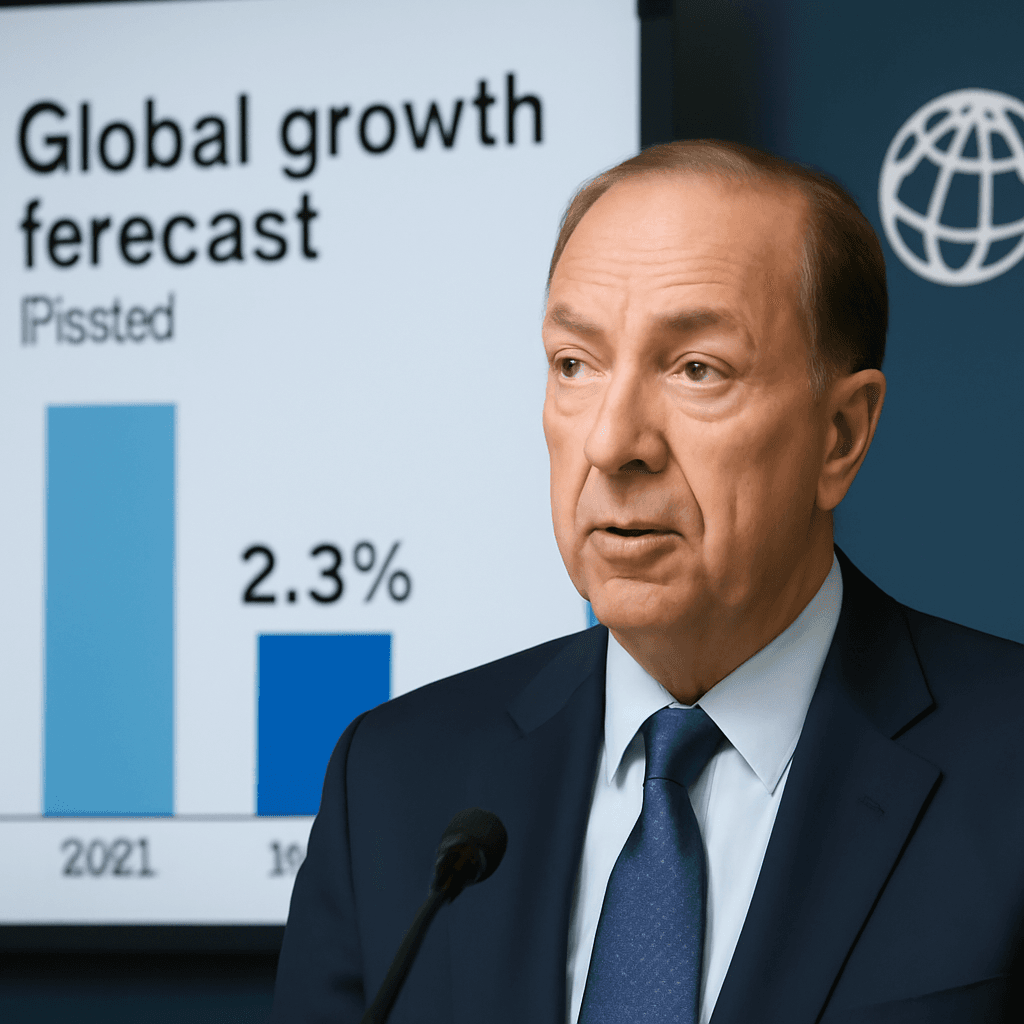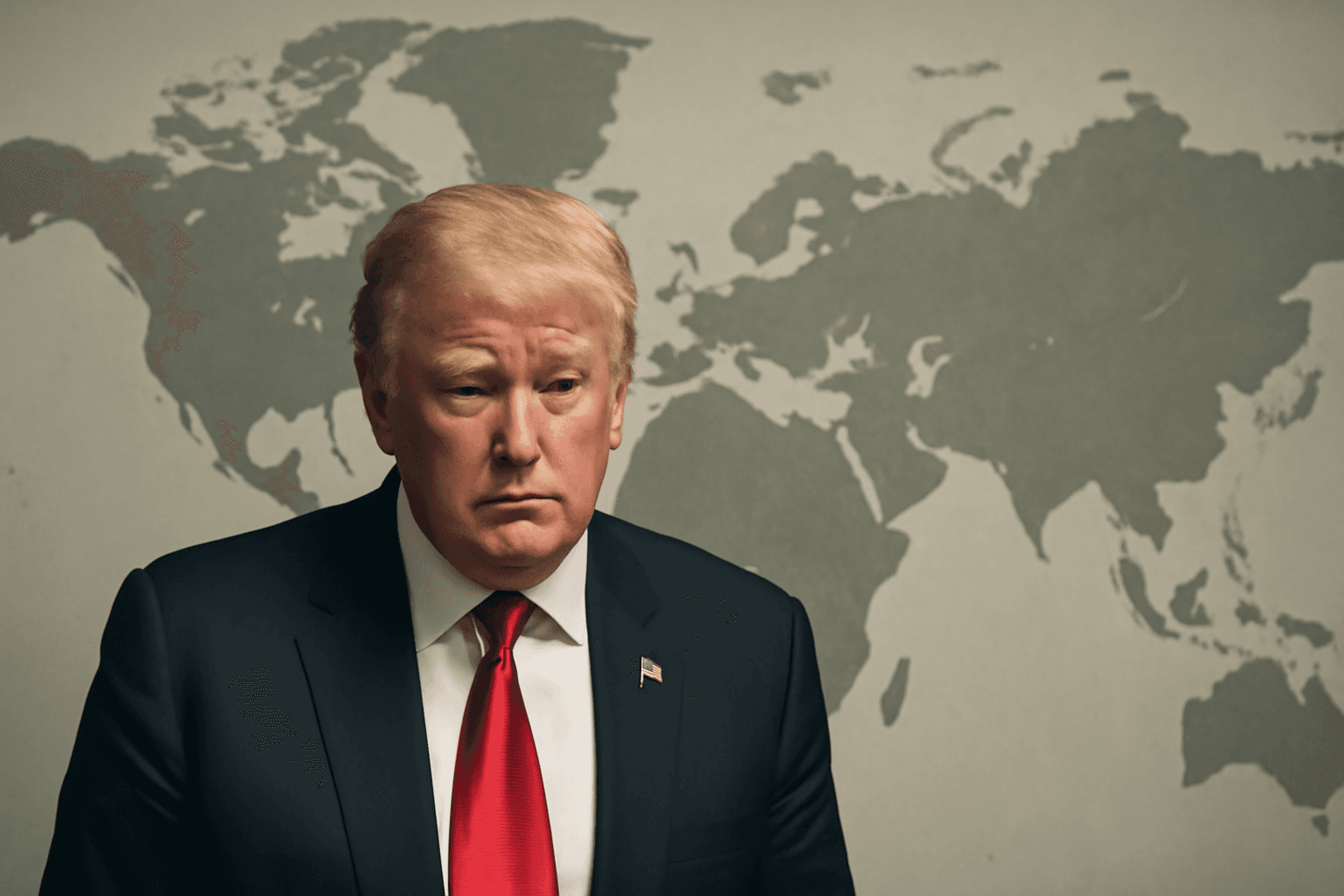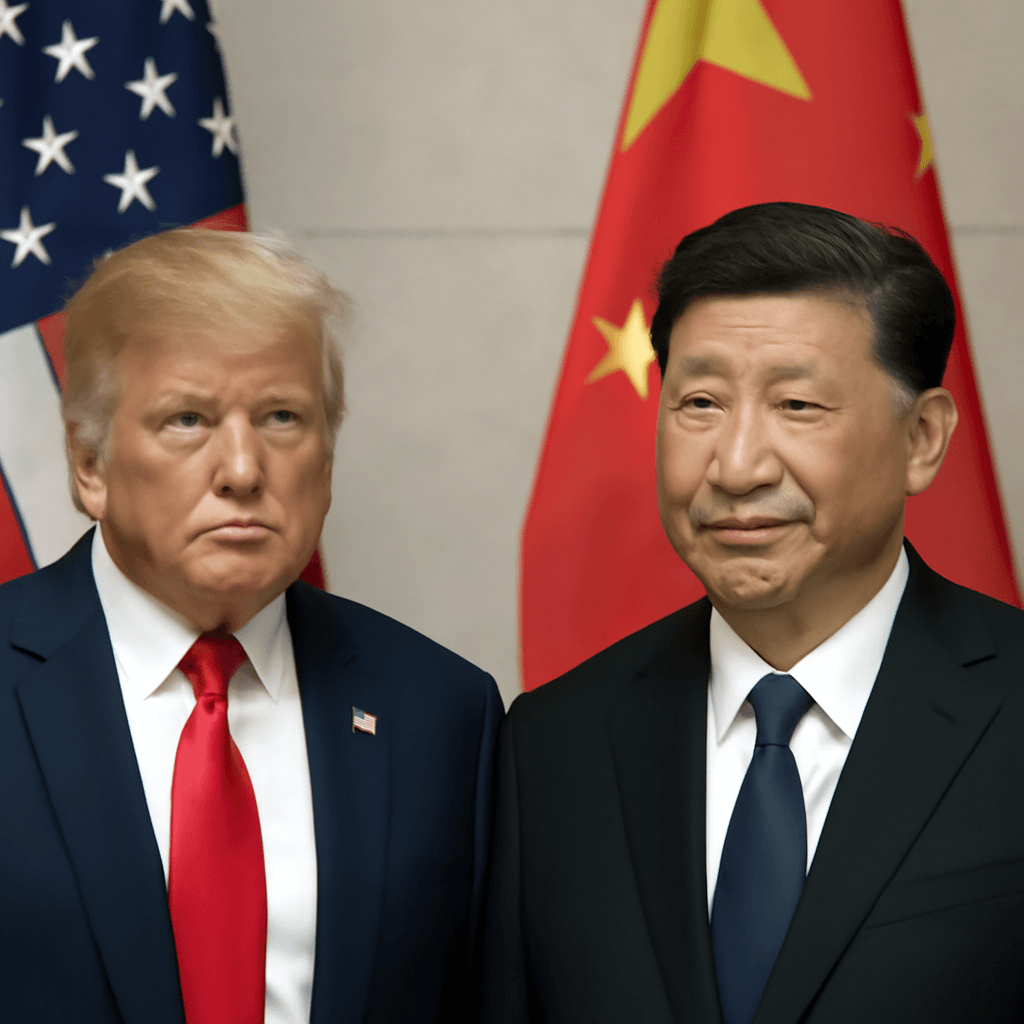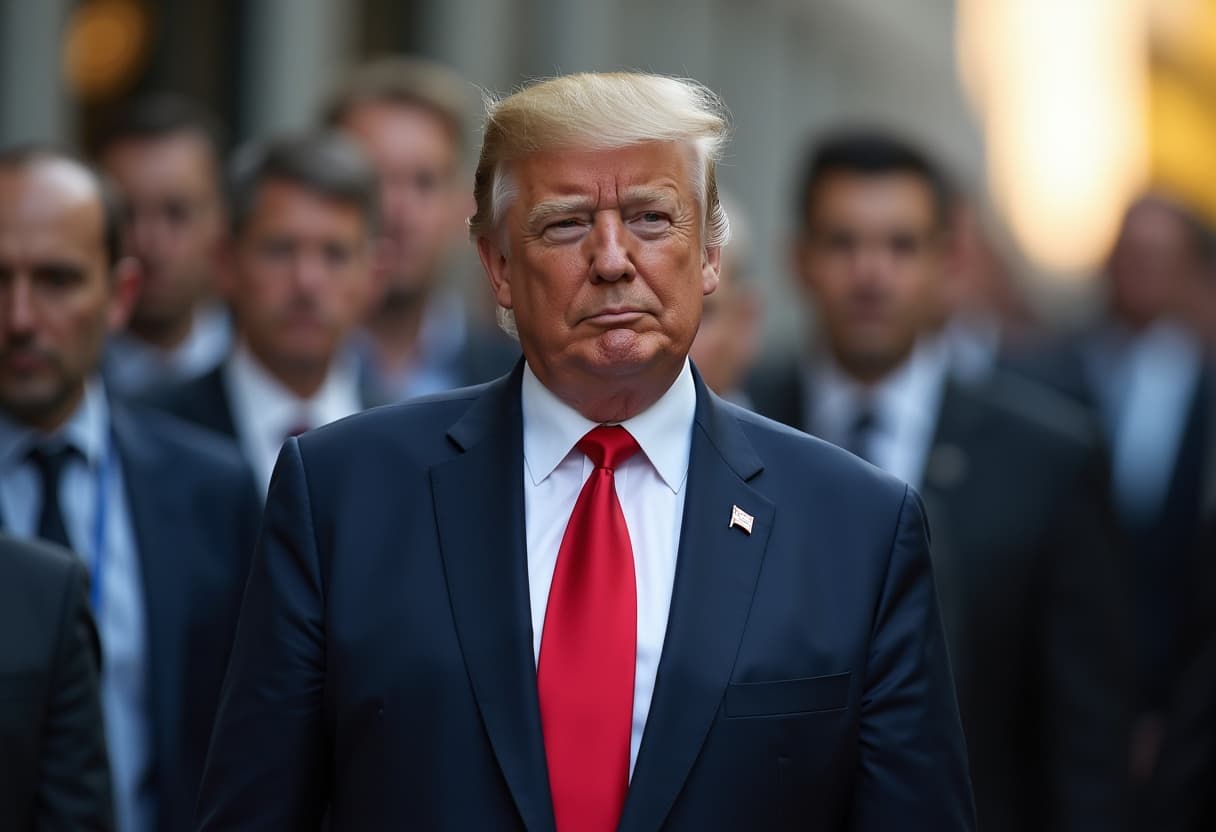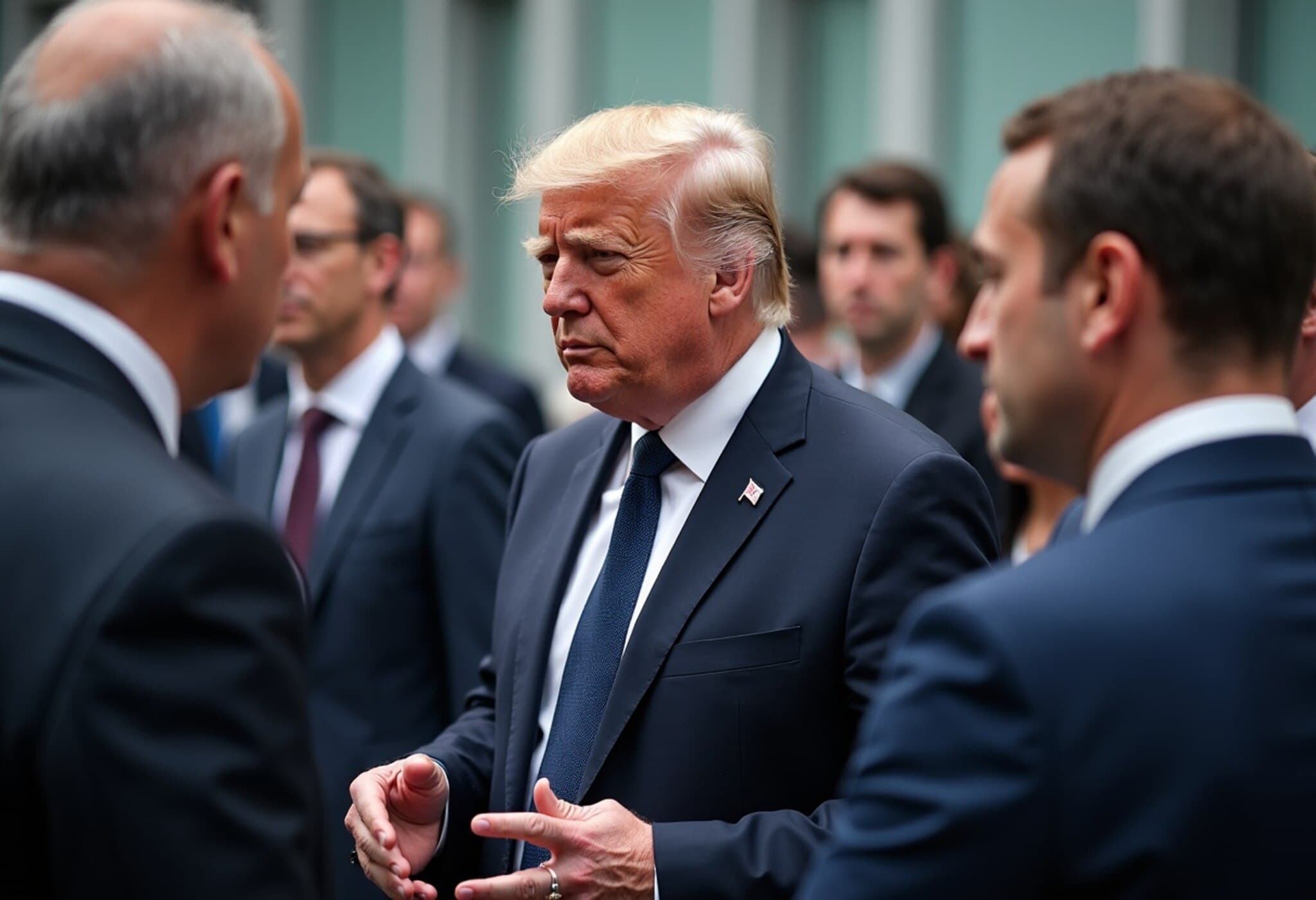China's Quiet Move to Control Rare Earth Supply in 2025
In a largely under-the-radar development, China has initiated its first batch of 2025 quotas for rare earth mining and processing—without the usual public fanfare. Sources familiar with the matter reveal that Beijing is quietly but deliberately tightening its grip on the critical rare earth minerals sector, a domain central to the global green technology and defense industries.
Why Rare Earths Matter Globally
Rare earth elements—17 critical minerals—are foundational to cutting-edge technologies, including electric vehicles, wind turbines, advanced robotics, and missile systems. China dominates global production, supplying the majority of these materials essential for both commercial innovation and national security worldwide.
Unprecedented Secrecy and Quota Delays
Typically, China's Ministry of Industry and Information Technology announces quota volumes publicly twice a year to state-owned enterprises. However, this year, the first quota batch arrived only last month with a strict non-disclosure directive, reportedly for national security reasons. This break from past transparency raises questions about China’s strategic priorities and its approach to controlling market information.
Despite inquiries, Chinese authorities have not provided comments on the silence surrounding the quotas, fueling speculation about Beijing's cautious stance amid increasing geopolitical tensions.
Strategic Implications for Global Markets
- Supply Restrictions: China has already expanded export restrictions by adding seven rare earth elements and associated magnetic materials to its controlled list.
- Impact on Global Manufacturing: These measures forced some automakers outside of China to halt production partially, highlighting the pinch felt across supply chains.
- Consolidation of Power: The quota system, established in 2006, now limits access to only two state-owned groups—China Rare Earth Group and China Northern Rare Earth Group High-Tech—down from six previously, increasing state control.
- Policy Changes Stir Industry Pushback: Proposals to include imported ore into quota calculations have raised concerns among companies relying on foreign materials, fearing disrupted access and feedstock shortages.
Recent Trends in Quota Volume and Growth
Last year, China allocated two batches of mining quotas totaling 270,000 metric tons, with supply growth slowing from an explosive 21.4% in 2023 to a modest 5.9%. Smelting and separation quotas followed a similar trend, rising 4.2% to 254,000 tons, indicating Beijing's cautious approach towards ramping up production.
Expert Perspective: What This Means for the U.S. and Allies
From a U.S. policy viewpoint, China's veiled tightening of rare earth quotas underscores the urgency of diversifying supply chains and investing in domestic production capabilities. Given that rare earths are essential to defense technologies and green energy, reliance on China creates strategic vulnerabilities, especially as geopolitical frictions with Beijing intensify.
Experts warn that the growing opaqueness in China’s resource management can lead to supply shocks and price volatility, compounding existing trade tensions and complicating efforts for Western nations to secure these critical materials.
Looking Ahead: Critical Questions Remain
- Will China maintain these secretive quota practices permanently or revert to transparency?
- How will global markets respond if Chinese exports tighten further?
- What initiatives can the U.S. and its allies accelerate to counterbalance China’s rare earth monopoly?
Editor’s Note
China’s low-profile approach to setting rare earth quotas in 2025 marks a significant shift with far-reaching consequences for global technology sectors and geopolitical dynamics. As Beijing entrenches control, countries reliant on these materials must weigh the risks of overdependence and the need to bolster alternative supplies. This emerging narrative demands careful monitoring, policy innovation, and multinational cooperation to navigate the rare earth frontier shaping our technological future.


